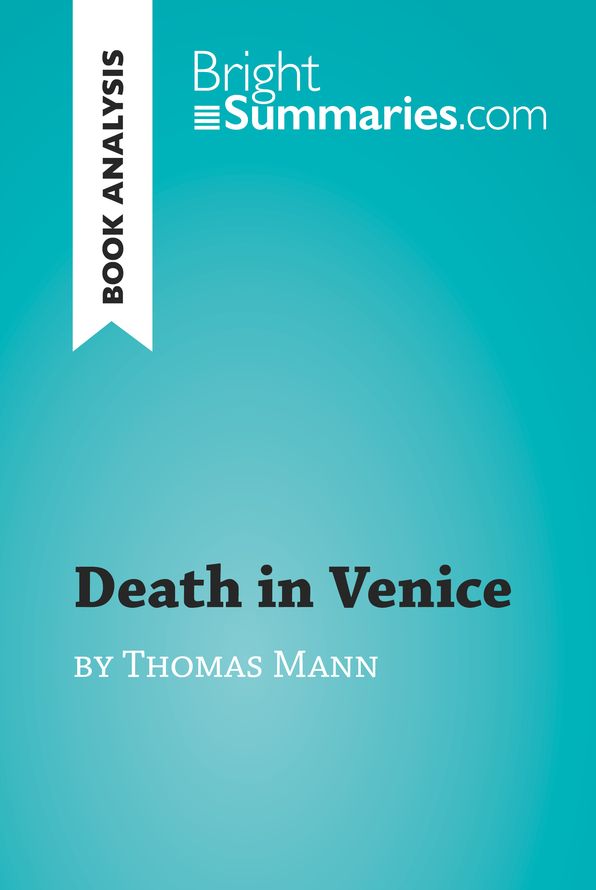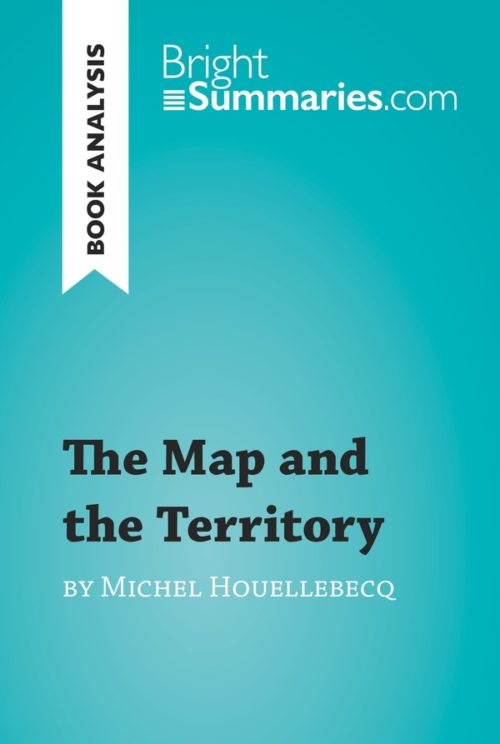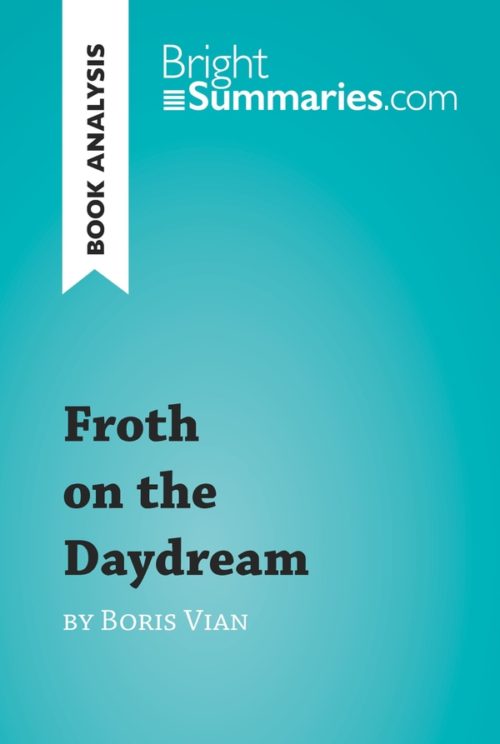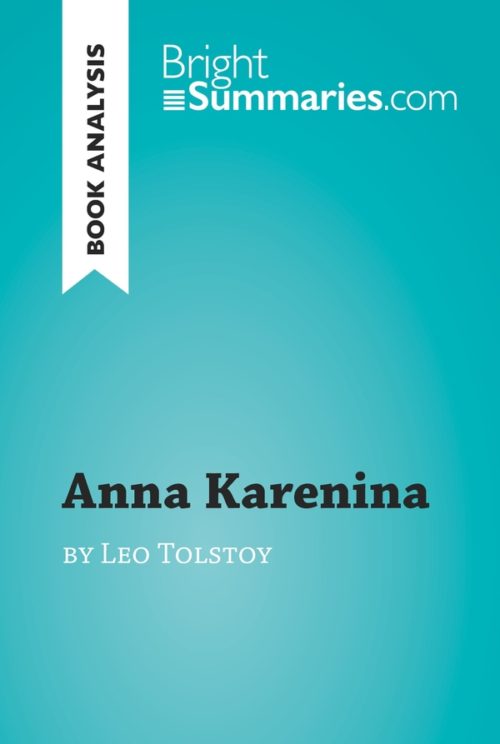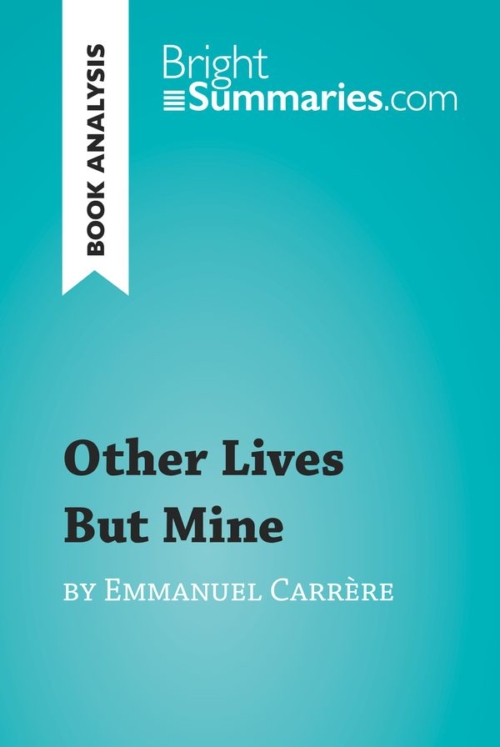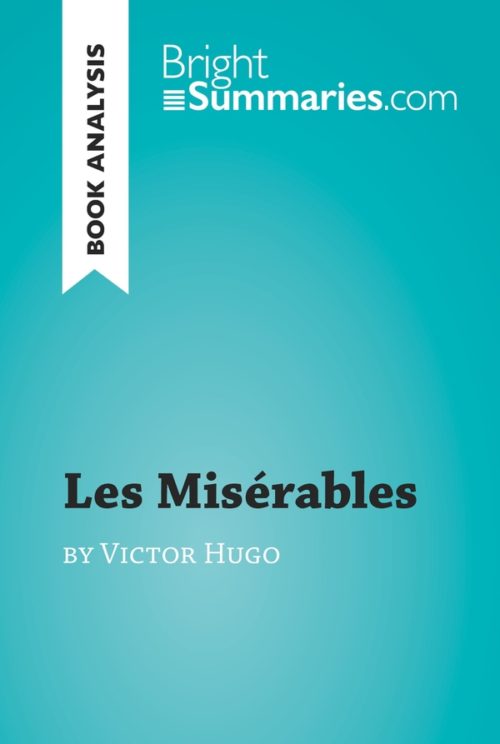Death in Venice by Thomas Mann (Book Analysis)
Death in Venice by Thomas Mann (Book Analysis)
Detailed Summary, Analysis and Reading Guide
Read more
This practical and insightful reading guide offers a complete summary and analysis of Death in Venice by Thomas Mann. It provides a thorough exploration of the novella’s plot, characters and main themes, including travel, obsession and aging. The clear and concise style makes for easy understanding, providing the perfect opportunity to improve your literary knowledge in no time.
This clear and detailed 58-page reading guide is structured as follows:
- Biography of Thomas Mann
- Presentation of Death in Venice
- Summary of Death in Venice
- Character study
- Gustav von Aschenbach
- Tadzio
- Jaschu
- Analysis of Death in Venice
- Form
- Themes
About Death in Venice
Death in Venice tells the story of Gustav von Aschenbach, an acclaimed writer in his early 50s who finds himself struggling with writer’s block after years of strict discipline and devotion to his craft. A strange vision convinces him to travel to Venice, where he becomes enamoured with a strikingly beautiful Polish boy called Tadzio and does everything in his power to stay close to him, even at the expense of his own health.
The novella proved controversial when it was first published in 1912 due to its exploration of a middle-aged man’s love for an adolescent boy, but is now considered to be one of the masterpieces of modern German literature. It was adapted into a film by the renowned Italian director Luchino Visconti in 1971, and has also inspired ballet and opera adaptations.
About Thomas Mann
The German writer Thomas Mann was one of the most influential writers of the 20th century, and his literary output includes novels, novellas, short stories, plays and autobiographical works. He was also a vocal critic of Adolf Hitler and the Nazi Party, which forced him into exile in Switzerland and the USA, where he taught at Princeton University. He was awarded the Nobel Prize in Literature in 1929 and the Goethe Prize, one of Germany’s highest literary honours, in 1949.
Product details
| ISBN | 9782808002103 |
|---|---|
| Publisher | Plurilingua Publishing |
| Collection | Brightsummaries.com |
| Format | |
| Pages | 58 |
| File size | 2.2 MB |

